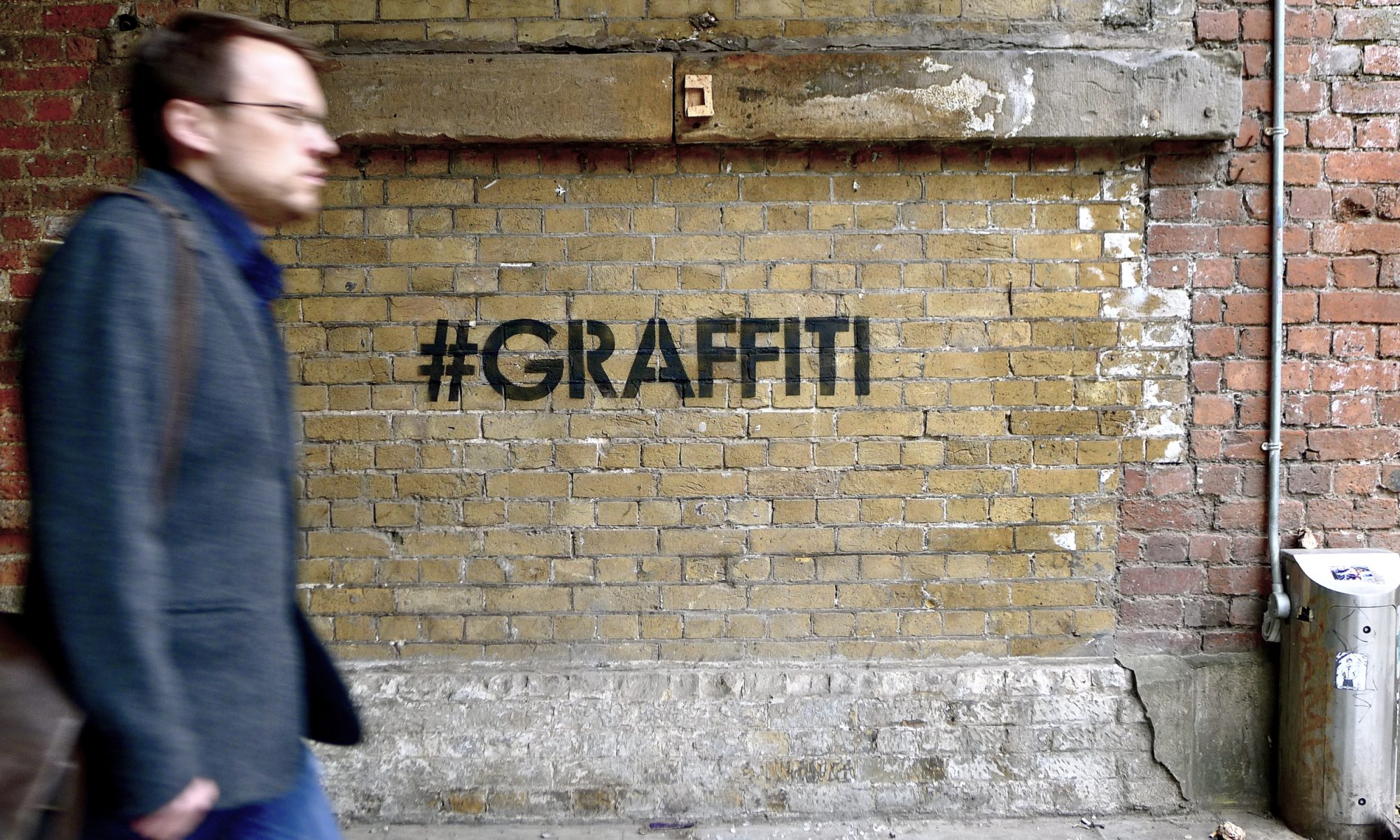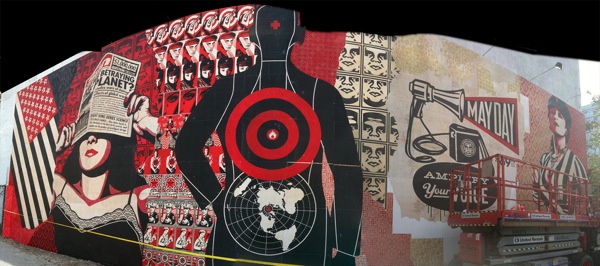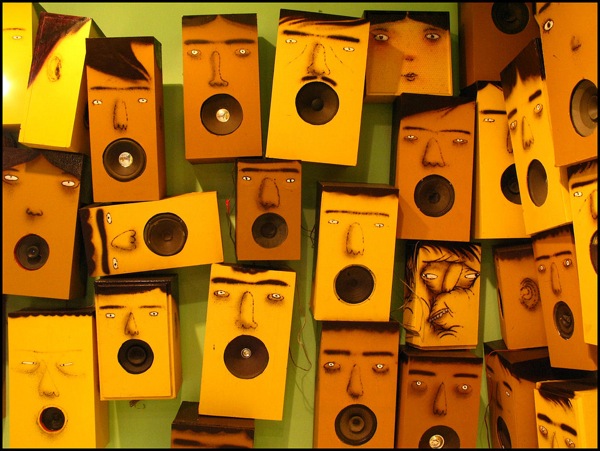Been looking forward to this for the last week. Interview Magazine has posted an interview with KAWS, conducted by Tobey Maguire. While not exactly earth-shattering like Shepard Fairey’s comments in Interview Magazine about the AP case, it’s a good read.
There was one particularly interesting bit for KAWS collectors. This is going to get into a bit of art-world-collecting-and-commercialization-bullshit, so if you don’t like that sort of thing (and I know a lot of people don’t), I guess just skip the rest of this post. Maguire asks Kaws about his Kimpsons, Kurfs and Spongebob paintings. About the Kimpson series, KAWS says that he used The Simpsons’ characters because they are instantly recognizable around the world. Makes sense. Seems like some thought went into that. If you want to insert your brand into pop culture, take a brand that you and the rest of the world loves and identifies with and use that. But then about the Spongebob series of paintings, KAWS says:
I started doing SpongeBob paintings for Pharrell. Then I started doing smaller paintings, which got much more abstract. And SpongeBob was something I wanted to do because graphically I love the shapes. But honestly, when I’m painting SpongeBob, I’m not thinking, Oh, I loved this episode. Honestly, I’ve never even watched it.
My immediate reaction to that comment is that the Spongebob paintings are basically KAWS just phoning it in concept-wise. Does it mean that his Spongebob paintings are essentially just him doing things because people like them and nothing more? Maybe that means the Kimpson and Kurf paintings are the more “significant” works by KAWS.
On the other hand, maybe that’s just a natural progression for KAWS. I’d guess that most KAWS collectors haven’t seen many episodes of Spongebob, but they don’t have to. They’re familiar with the character. He’s that much of a pop-culture icon. In which case, maybe these Spongebob paintings are even more meaningful and significant that Kurfs, which are based on a show that KAWS and his collectors probably did grow up watching.
Anyways, that comment just threw me for a bit of a loop and I’m curious to hear what other have to think about it.



